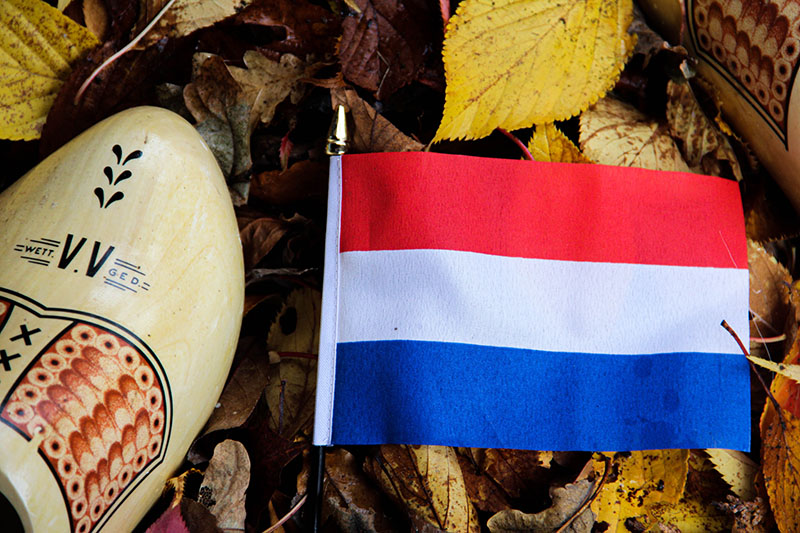The Afrikaner voortrekkers of Southern Africa developed Biltong somewhere between the 17th and 18th century as a way to store meat in the dry conditions of the African bushveld. This allowed them to carry the meat easily and for long periods of time on their trek wagons. Biltong is derived from the Dutch word ‘bil’ (rump/buttock) and ‘tong’ (tongue). This refers to the cut and shape of the meat. (Don’t worry, we don’t make our Biltong from tongue!)

Dutch Origins
Afrikaners are descended from the European immigrants who settled in South Africa. The most predominant of these being the Dutch settlers who arrived in the Cape of Good Hope in the 17th Century. The Dutch brought with them recipies for dyring and storing beef. Over time these recipies evolved into the techniques we use when making Biltong today.
While we do not boil our Biltong today, there are obvious similarities in the curing process presented in this recpie from the 1600’s, such as the salting and hanging of the meat.
The use of vinegar as a preservative was very popular within the Netherlands during the 1600’s. The Dutch settlers cultivated Grapes in the Cape as early as 1652. The vinegar produced by these Grapes would have undoubtably been used to preserve the meat when making Biltong. This process continues to be an effective method of curing used in modern day Biltong production.
Modern Day Production
Biltong today continues to be made throughout Southern Africa. Countries such as Zimbabwe and Botswana have also adopted the method of curing meat and continue to produce this delicious meat snack. As well as this, the poularity of Biltong has spread worldwide. Immigrants from Southern Africa have introduced Biltong to countires such as the United States of America and our very own shops in Great Britain.
Taste the History
Order now to experience the mouth watering flavour of our Biltong first hand
